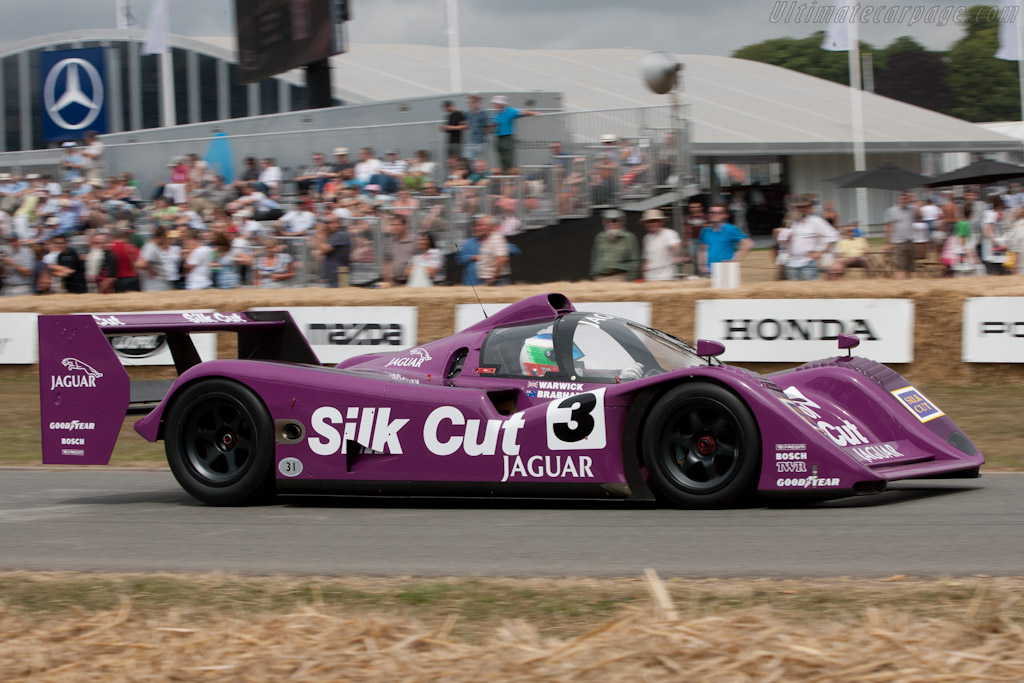It's not very obvious, how important this gurney on top of diff is.horse wrote: The real shocker is just how much the airflow to the beam wing and diffuser Gurney was top of the list in the design requirements of the RB5. It's like they had a 2 year head start on the rest of the field.
It creates small local area of low pressure behind, "sucking" boundary layer air at top inner wall of diffuser, preventing flow separation. Small changes in gurney's efficiency cause big changes in diffuser efficiency.
At the same time, to get some clean, powerfull, non turbulent flow to where diffuser gurneys are placed, is probably one of the hardest aerodynamical things to achive. For the central part of diffuser, responsible for most of the downforce, where the risk of diff stall (flow separation) is biggest, even more so.
IMO that's the source of Newey's obsession with rear packaging.
Once sure the diffuser will work 100%, one can try to squize from it a little extra power with the help of low pressure area generated by beam wing.


